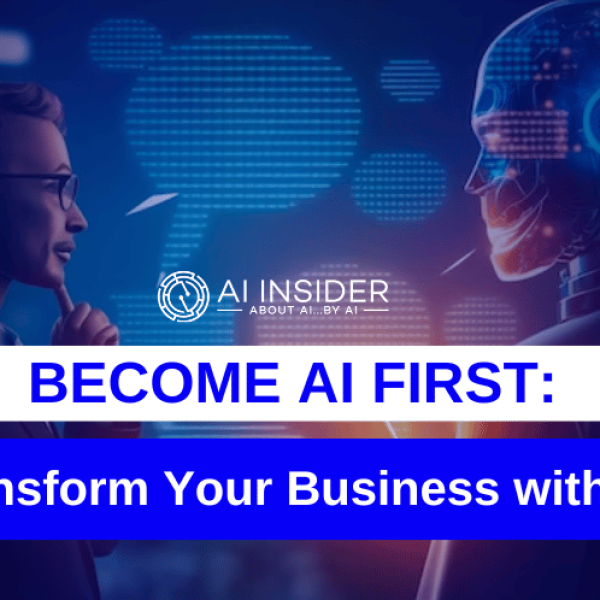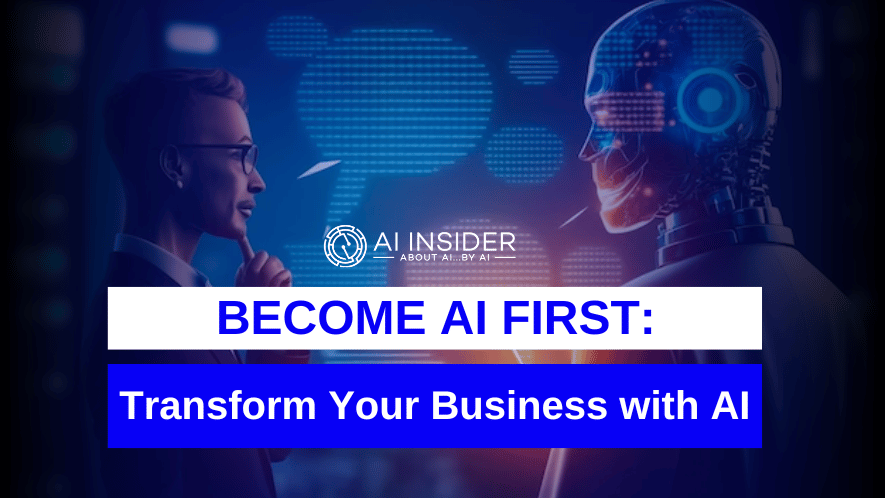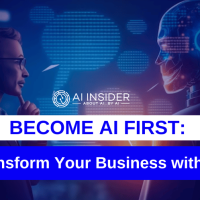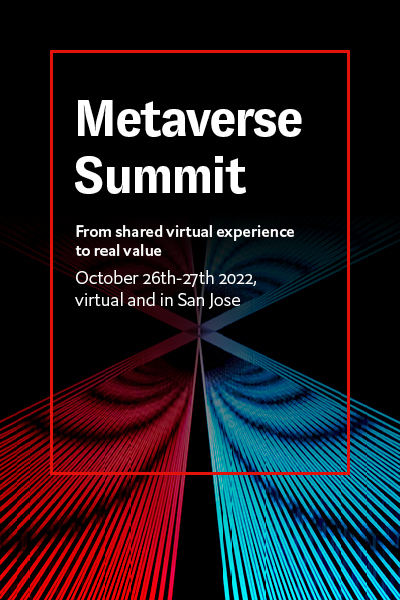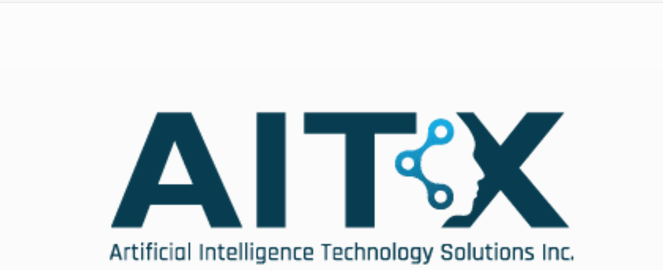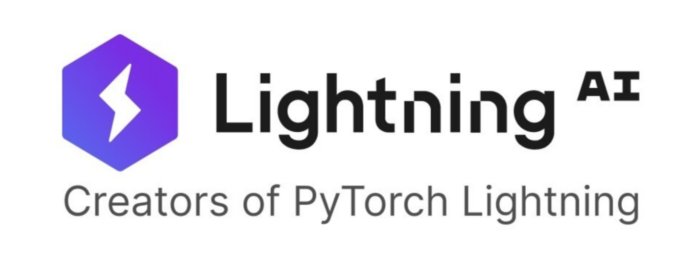- Last modified: September 18, 2023
Most companies realize that artificial intelligence – AI – will be indispensable in product development.
Many realize that certain AI tools can help their own operations.
Just a few, though, have embarked on an AI-First Transformation program.
Thus, “AI-First transformation” refers to a strategic shift in an organization where AI becomes central to its operations, decision-making processes and overall business strategy.
It’s a top-down, inside-out digital transformation and revisioning of an organization, infused with AI tools and processes at its core.
It’s important to note that AI First transformation starts with an understanding of AI and a distinction between machine learning and generative AI. Machine learning forms the basis of deep learning in using scaled trial-and-error to find the best and most optimal solution from mountains of data and a specific goal. Alternatively, generative AI is used to automate the creation of value, such as large language models (LLMs) and generative transformers (the ‘GT’ in ‘ChatGPT’). This builds better customer service chatbots or automating tedious tasks such as code clean-up in software development.
AI First businesses
AI-First pioneers using machine and deep learning aren’t Silicon Valley-embedded high-tech startups. You can find examples in traditional businesses located right around the corner.
Walmart, which built its sprawling empire by adopting every retail and supply chain innovation it could find, is a pioneer in AI First transformation, Dylan Jackson writes in Revolutionizing Product Growth with Generative AI: Strategies, Innovations, and Transformations for a New Era of Success. The company uses deep learning and machine learning algorithms to improve everything from supply chain management to product recommendations.
GE is another example – the company says it is using AI to, among other things, cut product design times in half.
Investors are catching on and focusing funds around the idea of AI First transformation. WIng, an early-stage investor in the B2B space recently closed its $600 million fund that it hopes will fuel the AI First revolution.
The VC, which was an early investor in Snowflake – the cloud-based data warehouse solution built on Amazon AWS or Microsoft Azure – says AI First isn’t a fad.
WIng executives write on a company blog: “This is not simply a trend, though it may seem that way, as thrilling new technologies employing the use of AI emerge every day. Instead, we see it as a generational transformation similar to the likes of digital, mobile, and cloud, with the potential—even inevitability—to fundamentally change the way businesses operate and the global economy grows. The digital transformation of business has been the dominant narrative of the past two decades. The AI-first transformation of business will be even bigger.”
Peering past the stage AI is in the Gartner Hype Cycle and the Availability Cascade spiralling the technology into the public consciousness. What makes AI different is its innovation type. AI, whether machine learning or generative transformers, is an infrastructure innovation. This means AI alters the processes in which value and ‘stuff’ is generated by institutions and people. In other words, where the iPhone – a product innovation – had its fair share of impact and tangential new app businesses sprung up. The internet, – an infrastructure innovation – had a more profound disruption on all businesses. AI will be the latter, and then some.
Thus, AI First Transformation can change the corporate game in many ways, while preparing its starters with first-mover advantages, including:
Increased Efficiency and Productivity: AI automates repetitive tasks, allowing employees to focus on more strategic and creative aspects of their work, taking advantage of employees’ unique value and enabling a ‘4-hour work week’. For example, IBM used AI-powered chatbots to automate routine HR queries, freeing up HR personnel to concentrate on more complex and demanding issues.
Data-Driven Decision-Making: AI can analyze vast amounts of data quickly and accurately, enabling data-driven decision-making. Netflix, for example, uses AI to recommend personalized content to users, leading to higher user engagement and customer satisfaction. Whereas social media platforms, such as Facebook, are using AI to recommend tailored feeds to individual users. The latter brings profound spillover effects such as surges in disinformation and the new social phenomenon of echo chambers, but that is for a future AI ethics article to tackle.
Improved Customer Experience: AI can provide personalized customer experiences at scale. Amazon employs AI algorithms to recommend products based on customer preferences, leading to increased sales and customer loyalty.
Cost Reduction: Automation through AI can reduce operational costs. For instance, UPS uses AI to optimize delivery routes, saving fuel costs and reducing carbon emissions.
Innovation and Competitive Advantage: An AI-First approach can foster innovation by enabling the development of AI-powered products and services. Tesla, for example, leads the electric vehicle market partly due to its advanced AI-driven autonomous driving capabilities.
Enhanced Security: AI can improve security by identifying and mitigating threats in real-time by recognizing micro-patterns attackers reveal without noticing.
Starting with first-generation AI: machine and deep learning, or generative AI, requires careful planning like any significant digital transformation.
Start with a Roadmap
According to Dylan Jackson, author of Revolutionizing Product Growth with Generative AI, companies that successfully integrate an AI First program, such as Walmart, start with a roadmap.
“Developing an AI-first roadmap for your organization involves thoroughly inspecting the current systems and processes. This enables businesses to identify areas in which AI implementation would have the largest impact on their operations. Aligning AI goals with business objectives is crucial in identifying and prioritizing AI initiatives. Ensuring a clear integration of short – term wins with long – term transformative strategies will help guarantee a seamless transition to an AI-first organization.”
AI First roadmaps also must consider the challenges of that change. And there are several.
Data Quality and Privacy: AI relies heavily on data, and poor-quality or biased data can lead to inaccurate results. Ensuring data quality and addressing privacy concerns, like in the case of Facebook and its data privacy scandals, is a significant challenge. Further, handling the data and extracting the most valuable insights from it is paramount and can only be achieved through a whole-brained approach: a scientific one with a creative and intuitive edge.
Talent Shortage: There’s a shortage of skilled AI professionals. More and more companies are actively competing for AI talent, making it challenging for smaller organizations to attract and retain AI experts. Waves of AI First companies will only make that problem worse. To start, ‘Prompt Engineers’ as new hires are surging. Thus, catching and retaining the best talent now will be crucial to get ahead of the AI game.
Regulatory Compliance: Adhering to AI-related regulations, such as GDPR in Europe with data privacy or HIPAA in healthcare, can be complex, costly and time-consuming. Non-compliance can result in significant fines and reputational damage. As of today, the European Union discussing a new law called ‘the AI Act’ that, amongst other areas and requires its dedicated article, requires generative AI systems to be reviewed before commercial release. This is similar to how drug discovery is regulated.
Integration Complexity: Integrating AI into existing systems and processes can be challenging and disruptive. Companies continually face difficulties in transitioning to AI-based industrial processes due to the complexity of their existing infrastructure.
Ethical Concerns: The use of AI can raise ethical questions, such as bias in AI algorithms, the Alignment Problem, job displacement, malicious use of generative AI, and surveillance concerns. As an example, Amazon faced criticism for bias in its AI-driven recruiting tool, which led to the system being discontinued.
Change Management: Employees may resist AI adoption due to fear of job displacement or unfamiliarity with AI systems. Managing this change effectively, as seen in UPS’s efforts to train drivers on AI-driven route optimization, is crucial. Allegorically, it is akin to when word processors were introduced in the workplace. Despite certain employees ensuring their employers they are the fastest hand writers on the block, they cannot compete with a writer on a word processor like Microsoft Word. AI will be the same.
Costs and ROI: Implementing AI technologies can be expensive, and it may take time to see a return on investment. Companies need to carefully evaluate the cost-benefit ratio, as IBM did when implementing AI in its HR processes. What is crucial is measuring the direct and indirect returns benefitted from AI. For example, freeing up time for employees to do more creative and value-driven work is an indirect benefit that should be measured and contrasted.
Don’t fall behind
AI will likely not slow down if history tells us anything. Regulation can put a lit on the boiling water, but it won’t turn off the stove. Our economic structure means that if company X doesn’t adopt AI and their competitor – company Y – does, company X will fall behind so both companies will adopt and advance the technology for fear of falling behind.
Thus, more and more experts suggest that AI-First Transformation is more than another box in the business buzzword bingo. It will be existential.
Companies embarking on AI Transformation programs should realize that this change can bring substantial benefits, including increased efficiency, data-driven decision-making, and competitive advantage. It also presents challenges related to data, talent, regulation, ethics and change management.
Success in such a transformation often depends on a well-thought-out strategy that addresses these challenges while leveraging the full potential of AI technologies.
